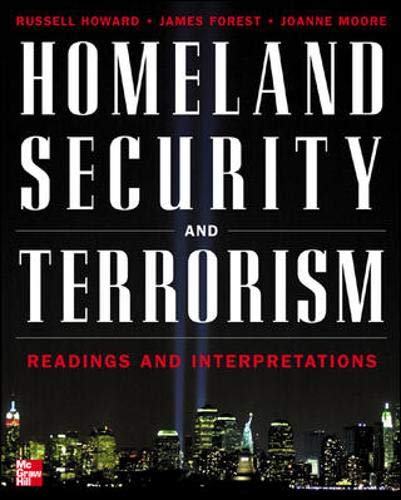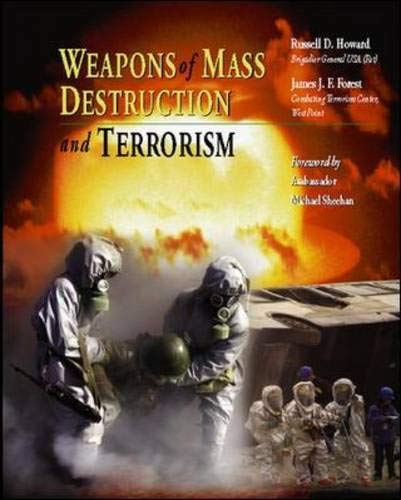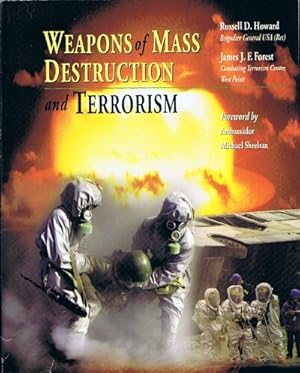howard russell james j f forest (7 Ergebnisse)
Suchfilter
Produktart
- Alle Product Types
- Bücher (7)
- Magazine & Zeitschriften (Keine weiteren Ergebnisse entsprechen dieser Verfeinerung)
- Comics (Keine weiteren Ergebnisse entsprechen dieser Verfeinerung)
- Noten (Keine weiteren Ergebnisse entsprechen dieser Verfeinerung)
- Kunst, Grafik & Poster (Keine weiteren Ergebnisse entsprechen dieser Verfeinerung)
- Fotografien (Keine weiteren Ergebnisse entsprechen dieser Verfeinerung)
- Karten (Keine weiteren Ergebnisse entsprechen dieser Verfeinerung)
- Manuskripte & Papierantiquitäten (Keine weiteren Ergebnisse entsprechen dieser Verfeinerung)
Zustand Mehr dazu
- Neu (Keine weiteren Ergebnisse entsprechen dieser Verfeinerung)
- Wie Neu, Sehr Gut oder Gut Bis Sehr Gut (1)
- Gut oder Befriedigend (6)
- Ausreichend oder Schlecht (Keine weiteren Ergebnisse entsprechen dieser Verfeinerung)
- Wie beschrieben (Keine weiteren Ergebnisse entsprechen dieser Verfeinerung)
Einband
- alle Einbände
- Hardcover (Keine weiteren Ergebnisse entsprechen dieser Verfeinerung)
- Softcover (7)
Weitere Eigenschaften
- Erstausgabe (3)
- Signiert (Keine weiteren Ergebnisse entsprechen dieser Verfeinerung)
- Schutzumschlag (Keine weiteren Ergebnisse entsprechen dieser Verfeinerung)
- Angebotsfoto (1)
Sprache (2)
Gratisversand
- Kostenloser Versand nach Deutschland (Keine weiteren Ergebnisse entsprechen dieser Verfeinerung)
Land des Verkäufers
Verkäuferbewertung
-
Homeland Security and Terrorism: Readings and Interpretations (The Mcgraw-Hill Homeland Security Series)
Anbieter: ThriftBooks-Dallas, Dallas, TX, USA
EUR 5,73
Währung umrechnenEUR 1,61 für den Versand von USA nach DeutschlandAnzahl: 1 verfügbar
In den WarenkorbPaperback. Zustand: Very Good. No Jacket. Former library book; May have limited writing in cover pages. Pages are unmarked. ~ ThriftBooks: Read More, Spend Less.
-
Homeland Security and Terrorism: Readings and Interpretations (The Mcgraw-Hill Homeland Security Series)
Anbieter: ThriftBooks-Atlanta, AUSTELL, GA, USA
EUR 5,73
Währung umrechnenEUR 1,61 für den Versand von USA nach DeutschlandAnzahl: 1 verfügbar
In den WarenkorbPaperback. Zustand: Very Good. No Jacket. Former library book; May have limited writing in cover pages. Pages are unmarked. ~ ThriftBooks: Read More, Spend Less.
-
Weapons of Mass Destruction and Terrorism
Anbieter: Better World Books: West, Reno, NV, USA
Erstausgabe
EUR 6,99
Währung umrechnenEUR 11,63 für den Versand von USA nach DeutschlandAnzahl: 1 verfügbar
In den WarenkorbZustand: Good. 1st Edition. Used book that is in clean, average condition without any missing pages.
-
Weapons of Mass Destruction and Terrorism
Anbieter: Better World Books, Mishawaka, IN, USA
Erstausgabe
EUR 6,99
Währung umrechnenEUR 11,63 für den Versand von USA nach DeutschlandAnzahl: 2 verfügbar
In den WarenkorbZustand: Good. 1st Edition. Used book that is in clean, average condition without any missing pages.
-
EUR 26,51
Währung umrechnenEUR 34,27 für den Versand von USA nach DeutschlandAnzahl: 1 verfügbar
In den WarenkorbSoft Cover. Zustand: Near Fine. First Printing. Publisher's glossy wraps. In WEAPONS OF MASS DESTRUCTION AND TERRORISM, Brigadier General (Retired) Russell Howard and Dr. James Forest have collected original and previously published seminal articles and essays by scientists, academics, government officials, and members of the nation's security and intelligence communities. The editors and several of the authors write from practical field experience in nonproliferation and counterterrorism efforts. Others have had significant responsibility for developing government policies to address the threat of weapons of mass destruction and terrorism. The contributors include a majority of the significant names in the field including Bruce Hoffman, Brian Jenkins, Jonathan Tucker, Rohan Gunaratna, David Franz, Richard Betts, William Rosenau, and David Albright.Unit One of the book introduces key terms and addresses important strategic and policy debates. Authors explain how the new forms of terrorism affect the post-9/11 security environment and introduce the notion that weapons of mass destruction could give terrorists short-term, asymmetric attack advantages over conventional military forces. Unit Two offers detailed accounts of the characteristics, availability, and dangers of specific types of WMD, along with four case studies that associate theory with practicean important feature of this volume. Unit Three deals with past, present, and future national and international responses toand defenses againstthe threat of WMD terrorism. And in the final section of the volume, authors predict future WMD threats and seek to draw on past events and mistakes in order to identify lessons and strategies for the future.Appendices include a primer on bioterrorism and fact sheets on chemical, biological, nuclear and radiological terrorism. The volume shows only the slightest shelf-wear, otherwise unmarked, unread, tight, square, and clean. NEAR FINE. . Small 4to 9" - 11" tall. 598 pp.
-
Homeland Security and Terrorism: Readings and Interpretations (The Mcgraw-Hill Homeland Security Series)
Anbieter: Robinson Street Books, IOBA, Binghamton, NY, USA
Verbandsmitglied: IOBA
EUR 11,93
Währung umrechnenEUR 97,79 für den Versand von USA nach DeutschlandAnzahl: 1 verfügbar
In den WarenkorbPaperback. Zustand: Very Good. Prompt Shipment, shipped in Boxes, Tracking PROVIDEDclean copy little creased.
-
Weapons of Mass Destruction and Terrorism
Verlag: McGraw-Hill/Contemporary Learning Series, 2008
Anbieter: Ground Zero Books, Ltd., Silver Spring, MD, USA
Erstausgabe
EUR 176,70
Währung umrechnenEUR 25,73 für den Versand von USA nach DeutschlandAnzahl: 1 verfügbar
In den WarenkorbTrade paperback. Zustand: Good. Format is approximately 7.25 inches by 9.25 inches. xix, [1], 598, [6] pages. Notes. References. Case Studies. Appendices. Foreword by Ambassador Michael Sheehan. Unit I of the book introduces key terms and addresses important strategic and policy debates. Authors explain how the new forms of terrorism affect the post-9/11 security environment and how weapons of mass destruction could give terrorists short-term, asymmetric attack advantages over conventional military forces. Unit II offers detailed accounts of the characteristics, availability, and dangers of specific types of WMD, along with four case studies that associate theory with practice an important feature of this volume. Unit III is focused on key dimensions of the WMD threat to critical infrastructure. Unit IV deals with Lessons Learned and Future Threats. Appendices include U.S. national strategy document HSPD-4 and other information. In WEAPONS OF MASS DESTRUCTION AND TERRORISM, Dr. James Forest and Brigadier General Russell Howard have collected original and previously published seminal articles and essays by scientists, academics, government officials, and members of the nation's security and intelligence communities. The editors and several of the authors write from practical field experience in nonproliferation and counterterrorism efforts. Others have had significant responsibility for developing government policies to address the threat of weapons of mass destruction and terrorism. The contributors include many significant names in the field including Bruce Hoffman, Ashton Carter, Brian Jenkins, Jonathan Tucker, Charles Ferguson, and David Albright. Presumed First Edition, First printing thus.





